[Mercury Atlas 9] One of the first Hasselblad photographs from space: The Great Indian Desert with abstract clouds. Gordon Cooper, 15–16 May 1963. Printed 1963. Vintage chromogenic print on fiber-based Kodak paper [NASA image S-63–6447]. 20.3×25.4 cm (8×10 in), numbered “NASA S-63–6447” in black in top margin, with NASA caption and “A Kodak Paper” watermarks on the verso (NASA Manned Spacecraft Center, Houston, Texas). Literature: The view from Space, Schick and Van Haaften, p. 27. The Mercury Atlas 9 mission marked the official birth of NASA's space photography. Prior to the introduction of the Hasselblad, NASA lacked a defined photography program. It was not until Walter Schirra, a known camera enthusiast, sought a precision instrument to accompany him on his Mercury-Atlas 8 mission that NASA’s photographic identity began to take shape. Schirra’s experiments on MA-8 (though Schirra mostly captured overexposed photographs during his time in space) paved the way for Gordon Cooper’s use of the same NASA-modified Hasselblad camera in space. Cooper’s longer Mercury-Atlas 9 flight (22 orbits) allowed him to carefully frame his photographs. Gordon Cooper's film was the first by an astronaut to be analyzed and described frame by frame by NASA, in effect launching the agency’s photographic technology department in Houston. From then on the Hasselblad became the camera equipment of choice for NASA’s space explorers. [NASA caption] Photograph taken over the Great Indian Desert West of Delhi, by Astronaut L. Gordon Cooper, Jr., during his 22-orbit MA-9 mission. Camera used was a Hasselblad with an 80mm f2.8 lens and 120 FPC3809 Ansco color (thin base film). "With Mercury, space photography was born. With Gemini, it struggled toward maturity so that Apollo space photography would give you and me, indeed the whole world an opportunity to reach out and practically touch the Moon.” NASA chief of photography Richard Underwood (On the Shoulders of Titans, NASA SP-4203, Hacker and Grimwood). Condition Very minor softening to corners, otherwise glossy print in excellent condition. Preview In Lyngby Auction Space, 15 November 2023 Category Photos ▸ Vintage photographs Selling 15 November at 6:07 pm Estimate 6,000–8,000 DKK
Condition
[Mercury Atlas 9] One of the first Hasselblad photographs from space: The Great Indian Desert with abstract clouds. Gordon Cooper, 15–16 May 1963. Printed 1963. Vintage chromogenic print on fiber-based Kodak paper [NASA image S-63–6447]. 20.3×25.4 cm (8×10 in), numbered “NASA S-63–6447” in black in top margin, with NASA caption and “A Kodak Paper” watermarks on the verso (NASA Manned Spacecraft Center, Houston, Texas). Literature: The view from Space, Schick and Van Haaften, p. 27. The Mercury Atlas 9 mission marked the official birth of NASA's space photography. Prior to the introduction of the Hasselblad, NASA lacked a defined photography program. It was not until Walter Schirra, a known camera enthusiast, sought a precision instrument to accompany him on his Mercury-Atlas 8 mission that NASA’s photographic identity began to take shape. Schirra’s experiments on MA-8 (though Schirra mostly captured overexposed photographs during his time in space) paved the way for Gordon Cooper’s use of the same NASA-modified Hasselblad camera in space. Cooper’s longer Mercury-Atlas 9 flight (22 orbits) allowed him to carefully frame his photographs. Gordon Cooper's film was the first by an astronaut to be analyzed and described frame by frame by NASA, in effect launching the agency’s photographic technology department in Houston. From then on the Hasselblad became the camera equipment of choice for NASA’s space explorers. [NASA caption] Photograph taken over the Great Indian Desert West of Delhi, by Astronaut L. Gordon Cooper, Jr., during his 22-orbit MA-9 mission. Camera used was a Hasselblad with an 80mm f2.8 lens and 120 FPC3809 Ansco color (thin base film). "With Mercury, space photography was born. With Gemini, it struggled toward maturity so that Apollo space photography would give you and me, indeed the whole world an opportunity to reach out and practically touch the Moon.” NASA chief of photography Richard Underwood (On the Shoulders of Titans, NASA SP-4203, Hacker and Grimwood). Condition Very minor softening to corners, otherwise glossy print in excellent condition. Preview In Lyngby Auction Space, 15 November 2023 Category Photos ▸ Vintage photographs Selling 15 November at 6:07 pm Estimate 6,000–8,000 DKK
Condition


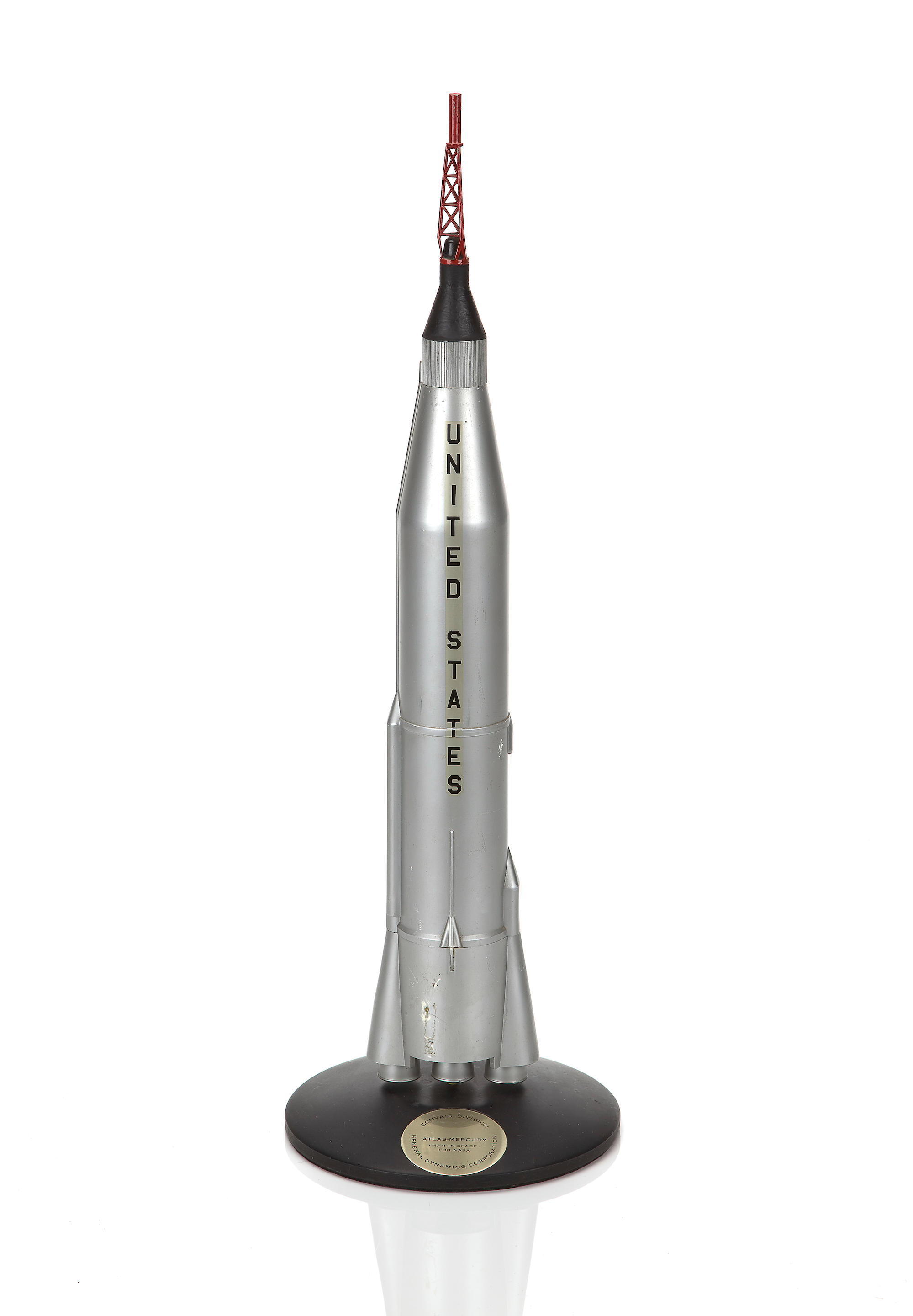
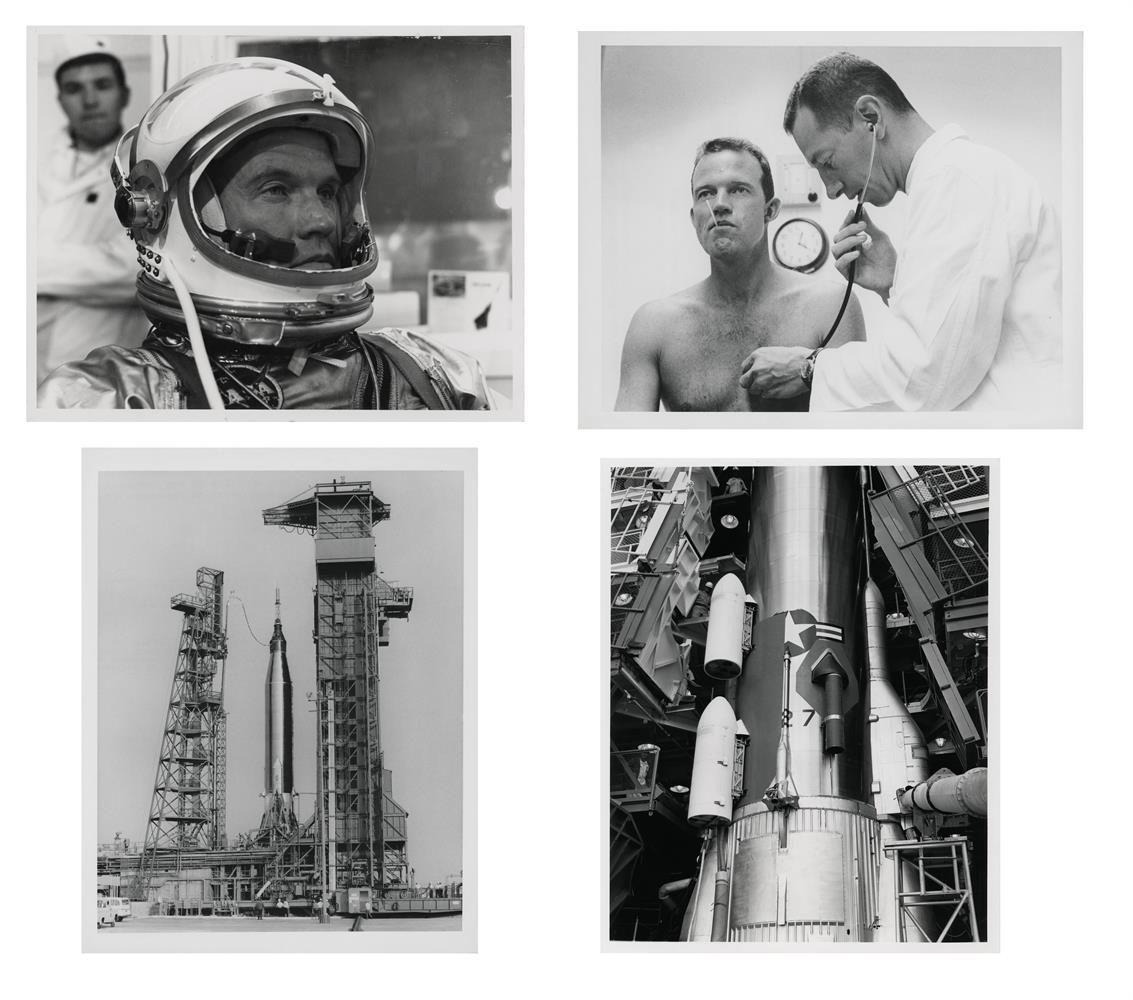
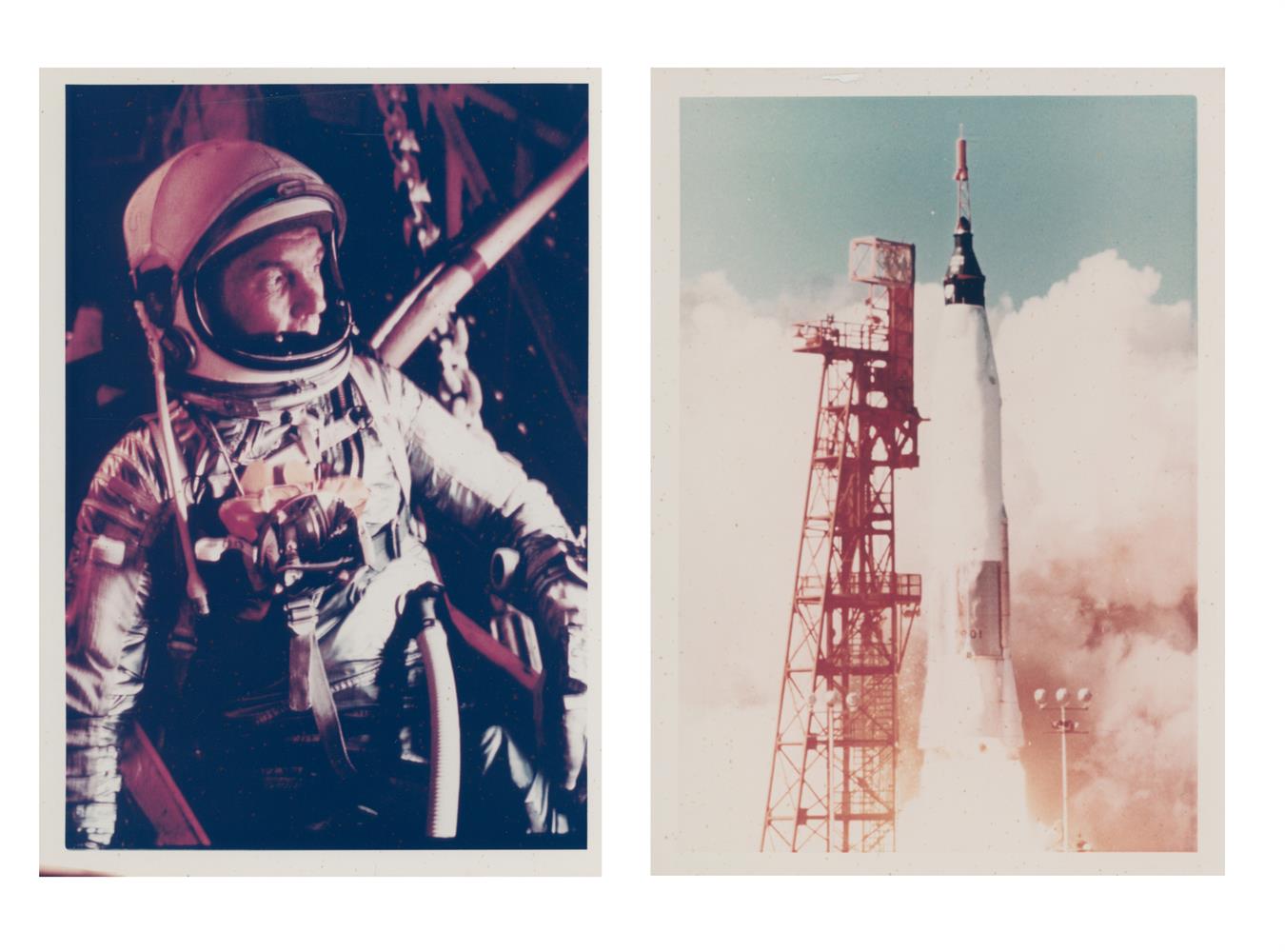
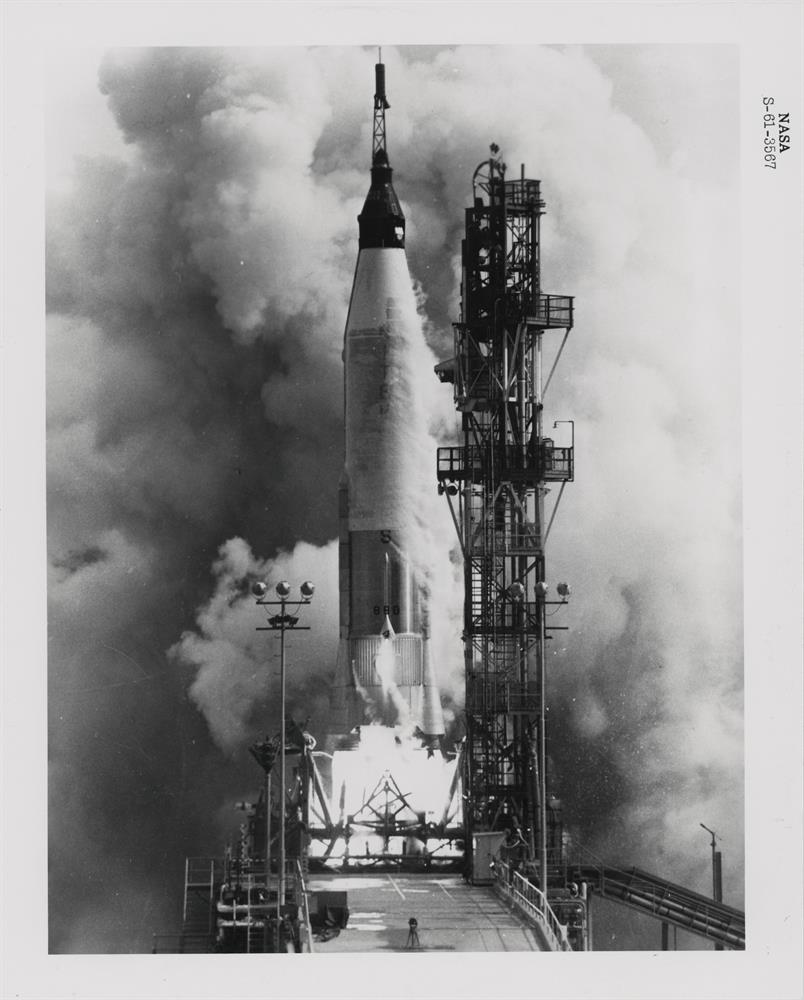
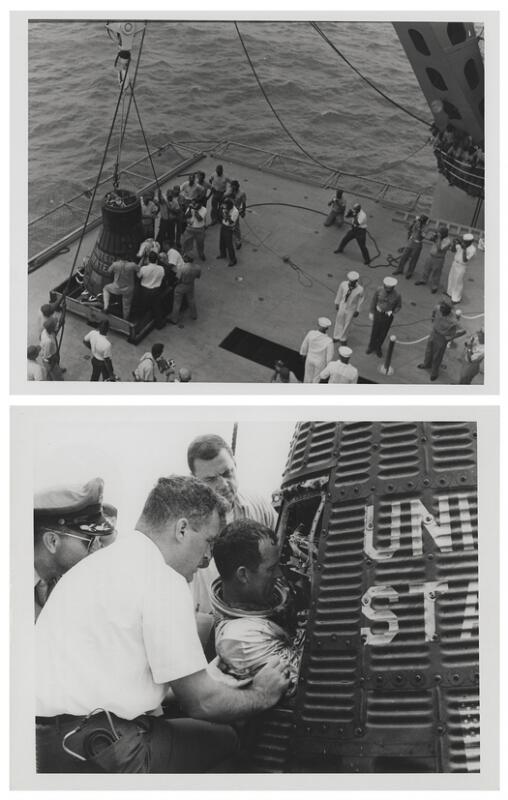
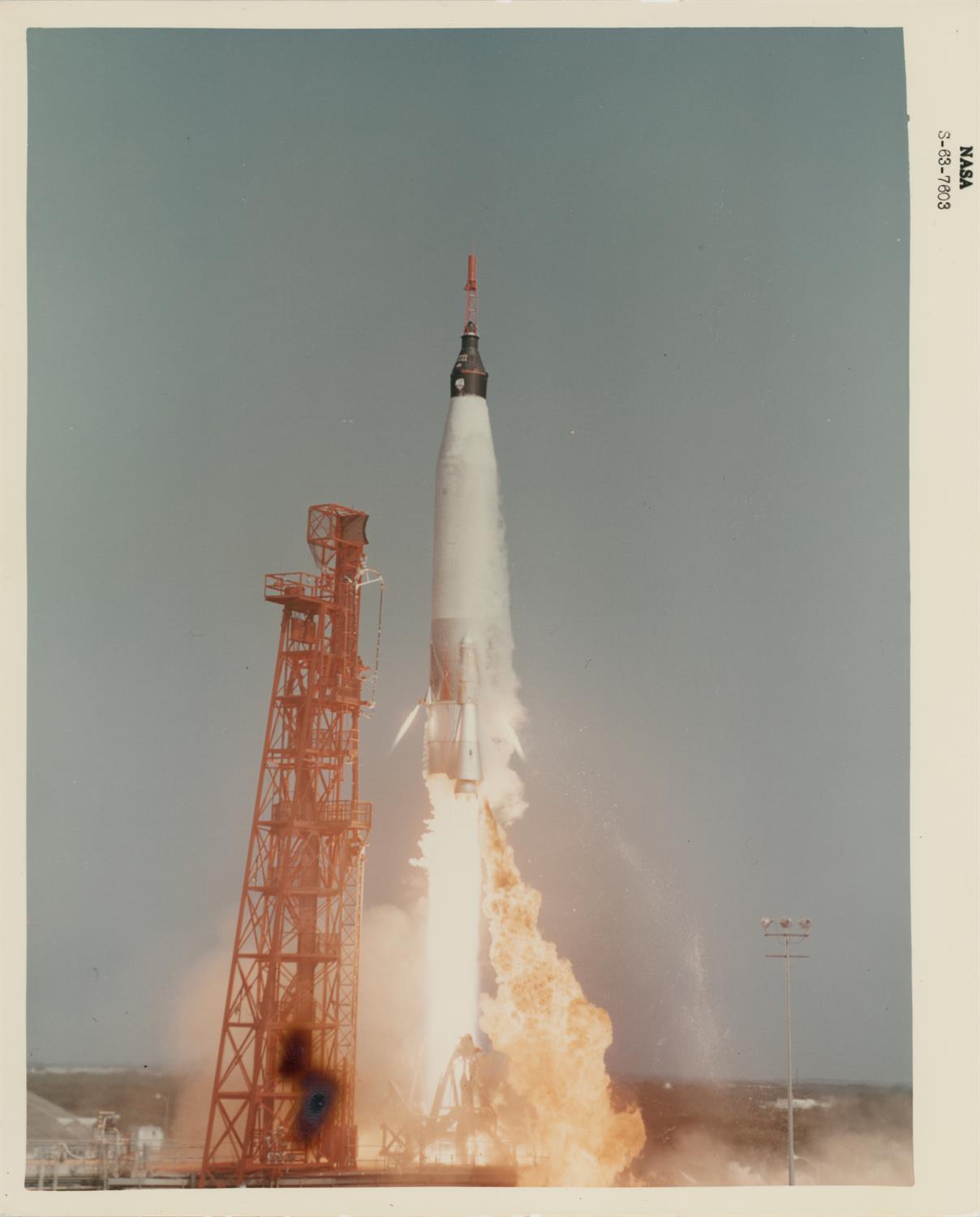



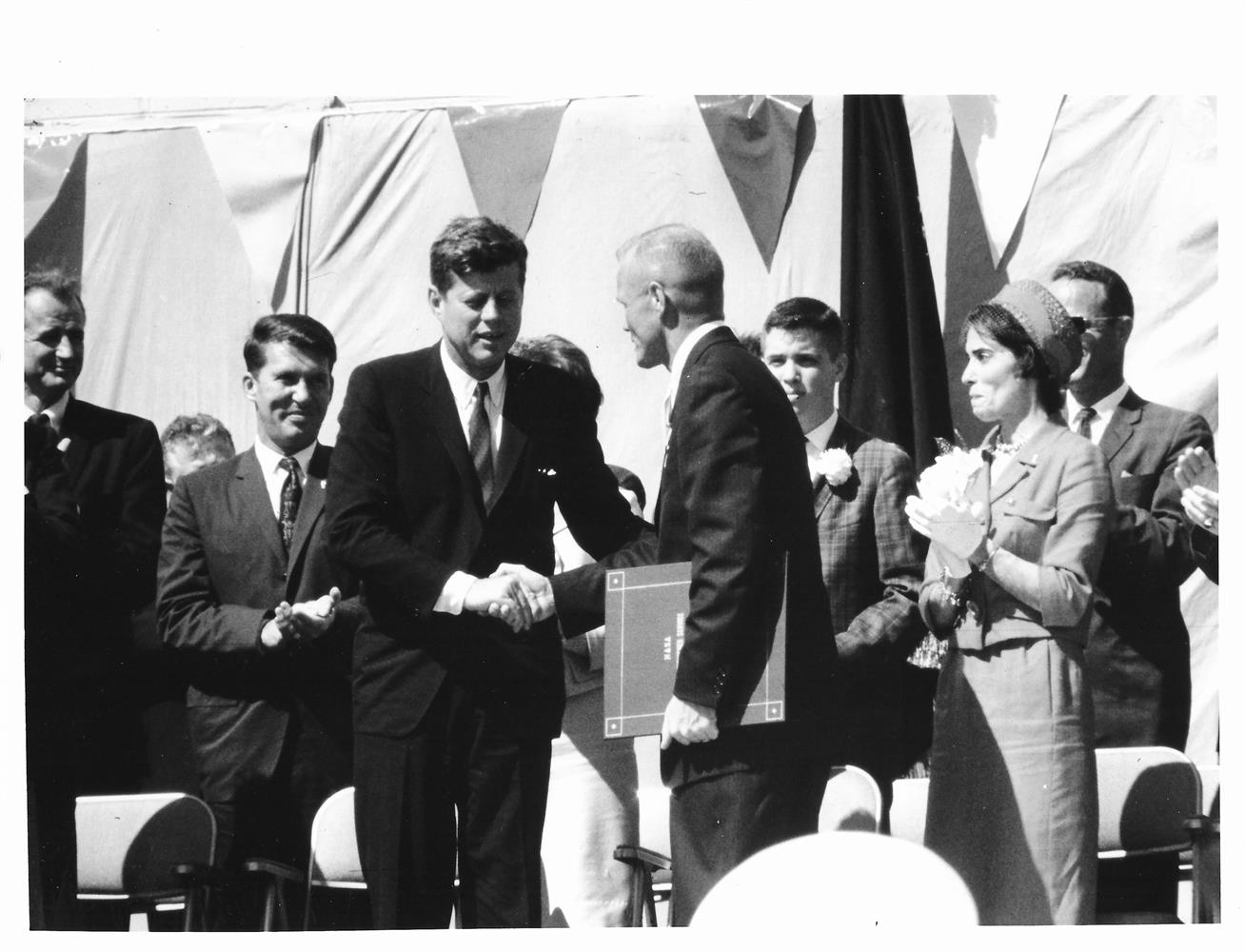
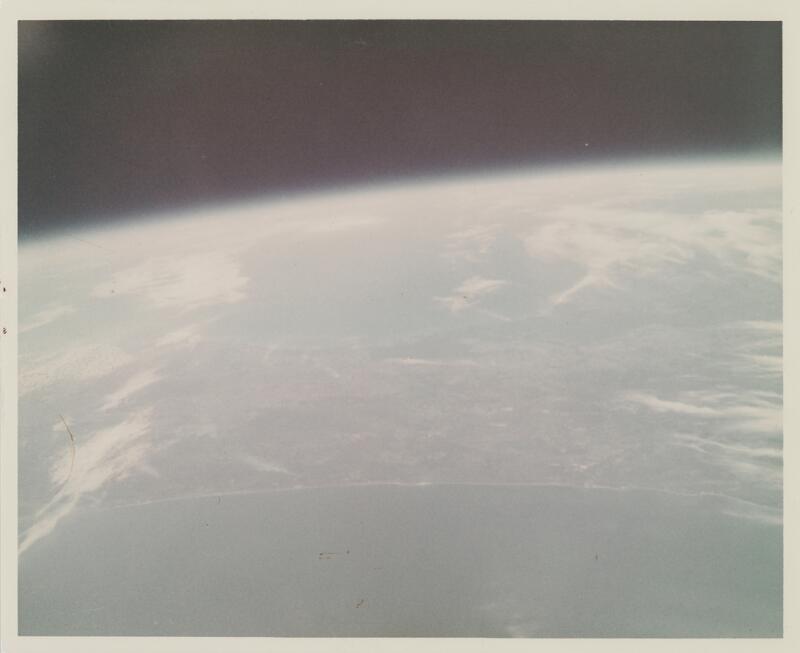
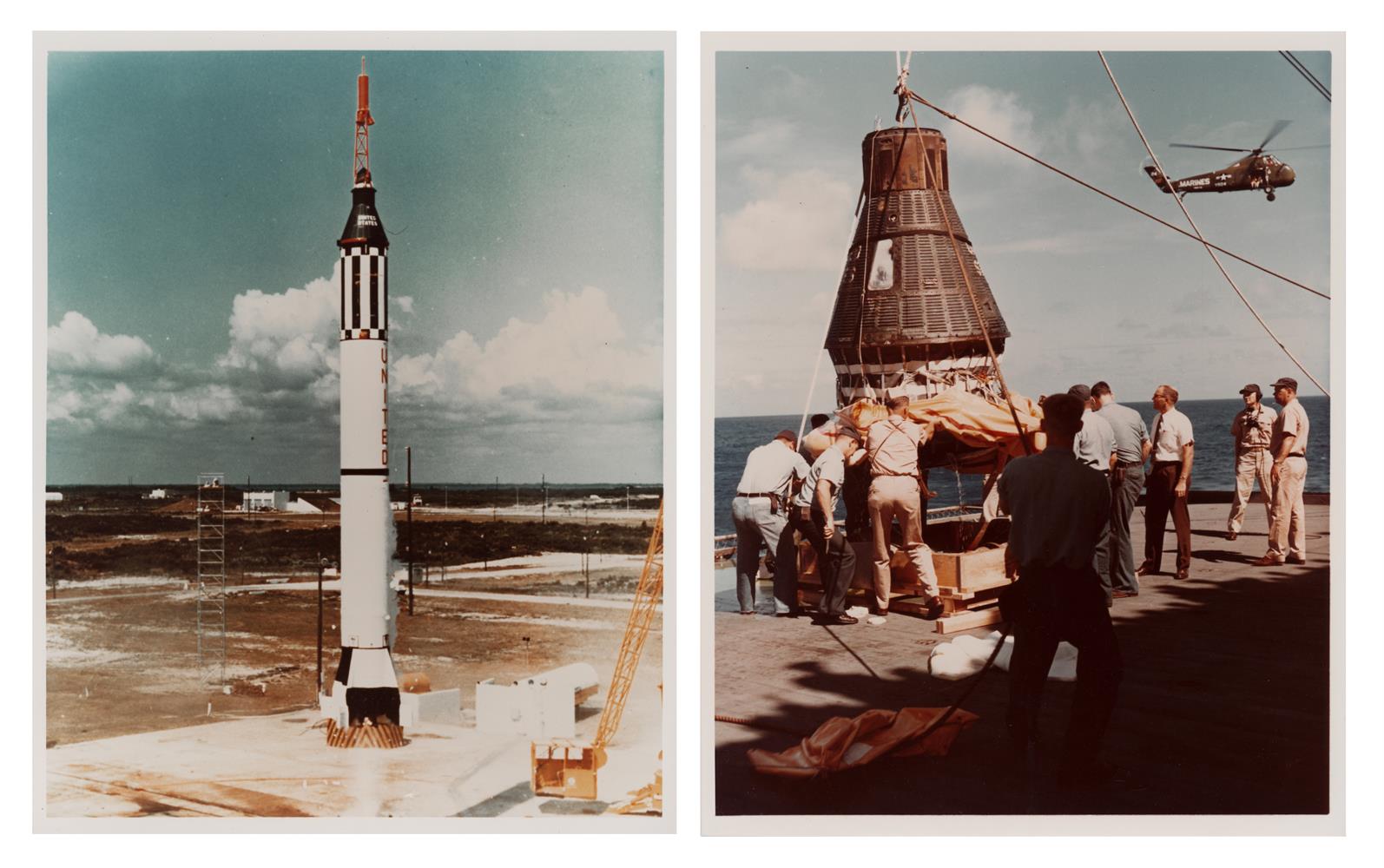
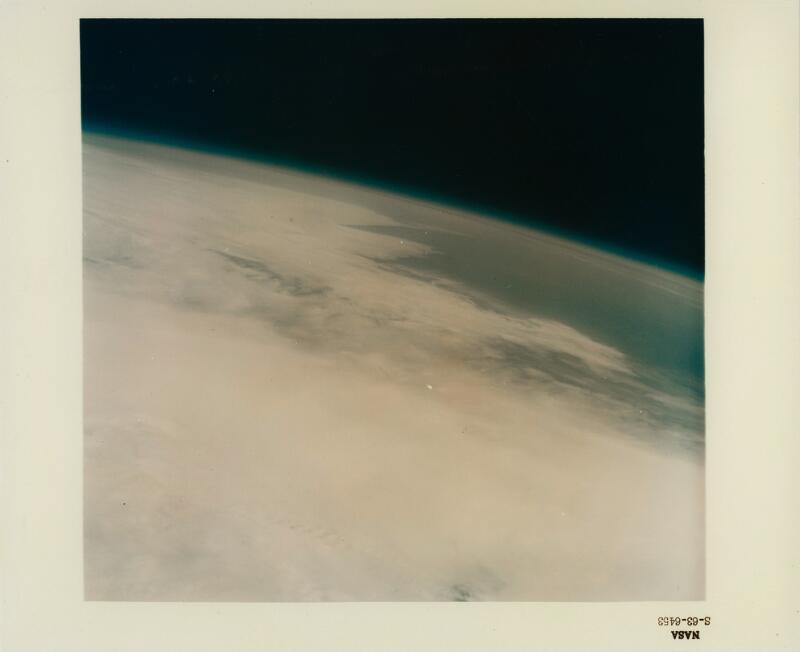
Testen Sie LotSearch und seine Premium-Features 7 Tage - ohne Kosten!
Lassen Sie sich automatisch über neue Objekte in kommenden Auktionen benachrichtigen.
Suchauftrag anlegen